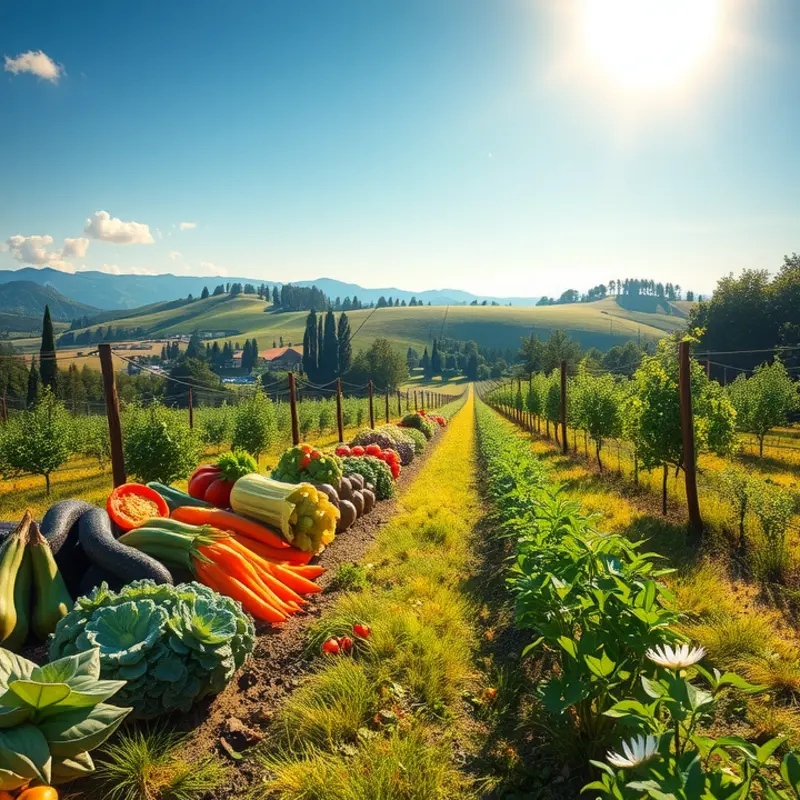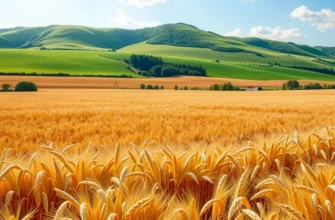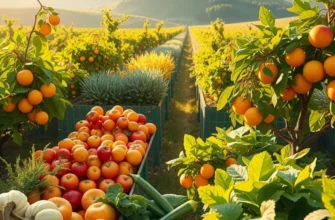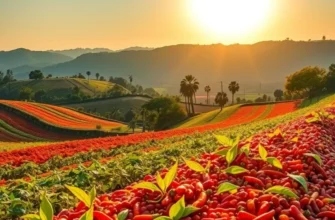Food has always been more than sustenance; it’s a profound symbol interwoven with cultural identity and celebration. As various festivals unfold across the globe, they showcase unique dishes that reflect history, spirituality, and community values. This exploration reveals the rich tapestry of culinary practices and the significance behind festive foods, offering insights that deepen our appreciation for diverse cultural rituals.
The Heart of Celebration: Food in Cultural Festivities

Food holds a prominent place in cultural celebrations around the world, serving as a canvas onto which traditions and values are painted. This chapter delves into the vibrant symphony of flavors and symbols that inhabit festive cuisines, illustrating their profound connection to cultural identities.
In India, Diwali bursts forth with an array of sweet and savory snacks. The festival of lights, as it’s known, uses food to illuminate the bonds of kinship. Mithai, or sweets, are exchanged in abundance, embodying the hope and prosperity wished upon loved ones. Popular treats like laddus and barfis are offered to deities, blessing the community before being shared among guests. Every bite serves as a reminder of light triumphing over darkness, a central tenet of this grand celebration.
Turning to the United States, Thanksgiving bridges past and present through its iconic meal. Turkey, the centerpiece of this feast, symbolizes abundance and gratitude. This culinary tradition harks back to the harvest meals shared between Native Americans and Pilgrims, reflecting a spirit of fraternity and cooperation. Family recipes for side dishes like stuffing and cranberry sauce differ, yet they invariably include seasonal ingredients, acknowledging the land’s richness and the blessings of the harvest season.
In Asia, Chinese New Year is renowned for its symbolic foods, each chosen for the auspicious meaning it conveys. Dumplings, shaped like ancient currency, symbolize wealth and fortune. Long noodles represent longevity, urging celebrants to cherish every moment and look forward to prosperous years ahead. Every dish carries a blessing, turning the meal into a tapestry of cultural hope and collective optimism.
Jewish Passover, with its Seder meal, presents a different yet equally poignant narrative. Foods like matzah represent the flight from oppression to freedom, keeping historical and spiritual memories alive. Each item on the Seder plate holds a specific meaning, like bitter herbs for the suffering endured and charoset for the mortar used by slaves. Here, remembrance is infused into every bite, encouraging reflection and resilience.
Communities find joy in weaving contemporary elements into traditional frameworks, adding layers to the intricate tapestry of festive cuisine. Still, the core values remain steadfast, celebrating unity, remembering shared pasts, and fostering hope for the future.
For anyone keen on exploring these intricate culinary tapestries, understanding the relationship between food and culture is crucial. It is not merely about sustenance; it is about sustaining connections. The rich interplay of ingredients and traditions forms a social fabric that binds communities. By diving deeper into such practices, one appreciates not just the feast itself but the stories and values it encapsulates. This understanding profoundly enriches our perception of global culinary landscapes and similar cultural explorations, as outlined in culinary influences through trade. Embracing these festivities with open hearts and open minds allows us all to partake in the communal banquet of human experience.
From Table to Tradition: Iconic Foods and Their Meanings
![]()
In the heart of Japan, when cherry blossoms grace the sky with their pink embrace, the tradition of Hanami blossoms alongside. This celebration of spring wouldn’t be complete without sushi. Each piece of sushi, meticulously prepared, is a testament to Japan’s cultural emphasis on harmony and simplicity. Sushi during Hanami reflects not just the freshness of ingredients but the renewed vitality and hope symbolized by cherry blossoms. It is a communal meal, inviting people to unite under blooming trees, sharing conversations flavored with nostalgia and future aspirations.
Across the ocean in the homes of Italy, as December whispers the approach of Christmas, Panettone emerges from centuries-old recipes. This festive bread, sweetened with candied fruits and raisins, is more than a dessert; it is a canvas of cultural memory. Its domed structure rising magnificently during baking symbolizes prosperity and abundance. Families gather to share Panettone, indulging in the sweet reminder of togetherness and cherished family traditions that transcend generations, promising continuity and love.
Moving to the vibrant landscapes of Mexico, the celebration of Las Posadas heralds the arrival of Christmas with warmth and community. Tamales, an age-old culinary craft, are central to this festival. Wrapped in corn husks and filled with a myriad of ingredients, each tamale tells a story of family labor and unity. The preparation process is a ritualistic gathering, connecting generations in shared work and storytelling. Tamales also hold a symbolic gesture of offering, reflecting the deep-rooted values of sharing and generosity inherent in Mexican culture.
Food as a symbol takes precedence around the globe, turning simple ingredients into profound expressions of identity and philosophy. These iconic dishes are not just about taste but about experiencing a piece of history and tradition. They act as culinary time capsules holding the essence of cultural values. To dive deeper into how culinary practices shape culture, explore how trade routes have influenced global gastronomy, contributing to the ever-evolving tapestry of flavors and traditions here.
As we gather around the table, these dishes invite us to partake in a universal dialogue transcending borders, colors, and tongues. Understanding the stories behind these foods provides a portal to appreciate the deeper connections they foster. It is through these meals that nostalgia, family bonds, and the aspiration for prosperity are celebrated, enriching our shared human experience with each bite.
Final words
The role of food in festivals goes beyond mere nutrition; it embodies our histories, values, and communal ties. Each dish presented during celebrations provides a unique window into the cultural fabric of the society it represents. From the joyful gatherings around a Thanksgiving turkey to the offerings made during Lunar New Year, food unites us in tradition and remembrance. By understanding these culinary stories, we not only enrich our palates but also connect deeply with the diverse cultures that define our world.








